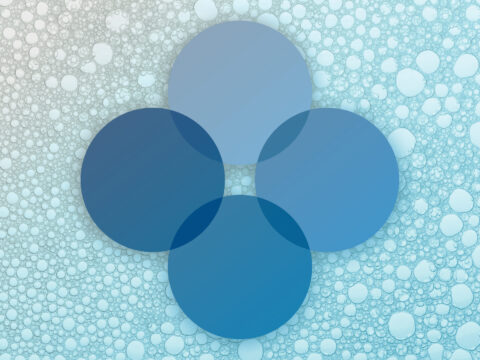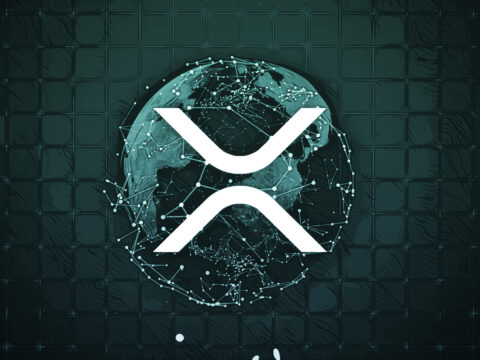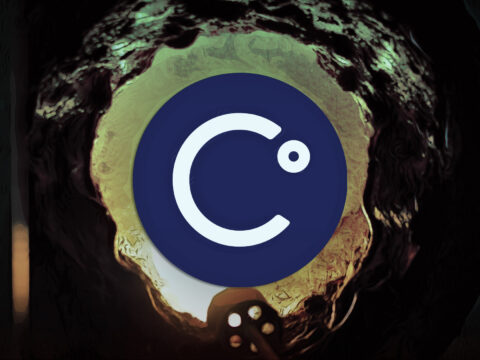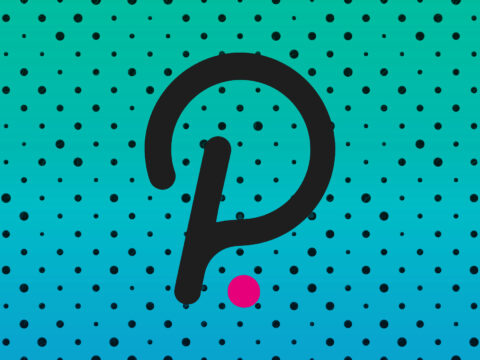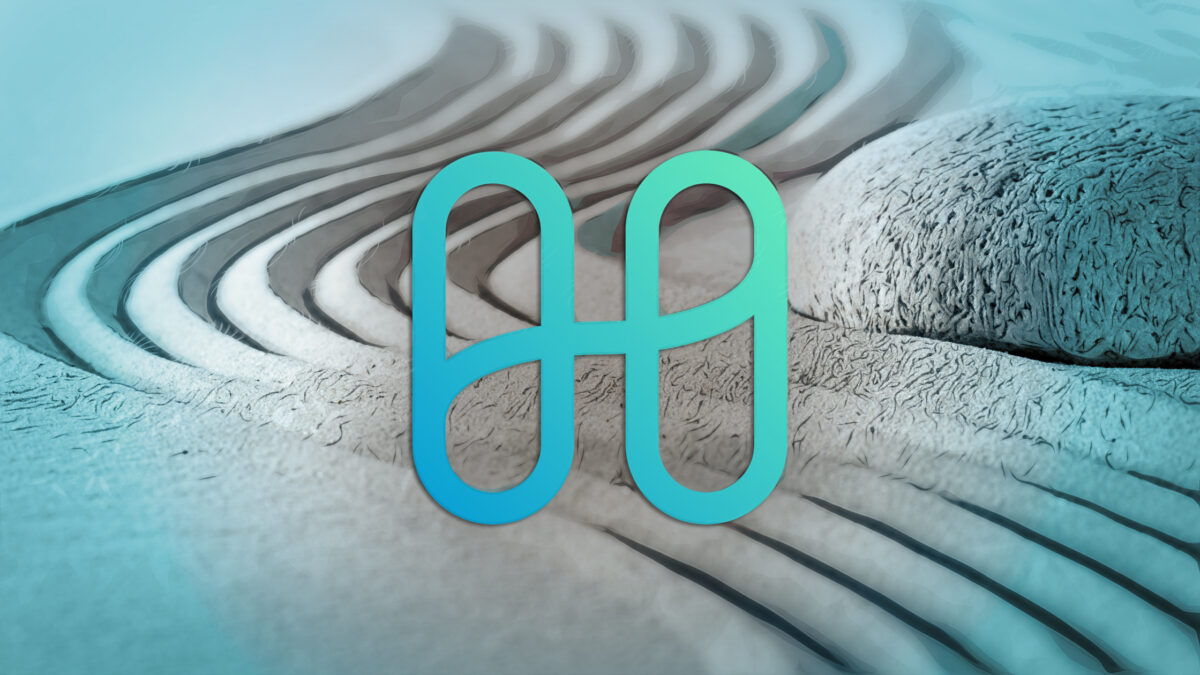
Harmony (ONE) is a decentralized, trustless bridge that uses a sharding protocol that aims to scale up Ethereum applications combined with the future of 5G and IoT technologies.
Harmony utilizes new advanced technologies, such as Solidity and Ether.js, to create an extremely fast transaction processing platform capable of executing 10 million transactions per second. At the same time, it guarantees to maintain high security, decentralization, and peer-to-peer.
Harmony’s ultimate purpose is to build a friend ecosystem for businesses from multiple industries, such as real estate, energy, advertising, and credit. They aim to participate in tokenization, zero-knowledge protocols, and privacy-centric platforms.
Harmony started in 2018 and launched its IEO on Binance Launchpad in May 2019. Before that, in April 2019, Harmony had raised $18 million from global investors. Over 2.8 billion ONE tokens (Harmony’s native token) were sold to the public, and 12.6 billion more were released in the pre-mining phase.
The platform is working to bring in an entirely inclusive solution with a low cost, low latency, and adapt to various markets, enabling data sharing, supply chain tracking, credit score rating, and entertainment gaming on decentralized marketplaces.
What is the Purpose of Harmony (ONE)?
ONE is a utility token, and like other utility tokens, ONE token plays a very important role within Harmony’s ecosystem. After the IEO on Binance Launchpad, ONE ran on the BEP2 standards by Binance Chain.
Recently, the Harmony team has completed the launch on the mainnet, which allows ONE tokens to operate and exchange on its own chain.
ONE tokens keep Harmony’s platform functioning as the official currency to pay for different tasks on the network, from transaction fees, storage fees, and gas fees. It is also indispensable for Harmony’s POS (proof-of-stake) consensus mechanism.
For the consensus model to run, users will stake ONE tokens into the chain in exchange for block rewards and incentives for contributing to the system operation.
In addition, ONE tokens are also a part of the governance process on Harmony’s platform. In particular, ONE token holders will reserve their right to vote for major decisions on the network.
All in all, the ONE token is an effective tool that Harmony uses to stimulate users to join in system activities and maintain its structure actively. As a result, members can gain benefits in tokens for their interaction and contribution to the community.
How Does Harmony (ONE) work?
Harmony has put much effort into bringing existing technologies, such as sharding and POS consensus, to a higher efficiency level.
Specifically, Harmony is optimized to use deep sharding to speed up transactions. To prevent possible attacks on a single shard, Harmony uses a larger number of nodes in one shard and applies a cryptographic randomization mechanism to periodically re-shard.
With 250 nodes per shard along with the VDF (Verifiable Delay Function), Harmony’s shards will remain unbiased and unpredictable to avoid being targeted by byzantine behaviors.
Furthermore, Harmony has researched and deployed a superior version of normal PoW and consensus models with a new own solution called FBFT (Fast Byzantine Fault Tolerance).
FBFT allows running very quick consensus on block transactions, reducing cost and time for finality on the mainnet. Additionally, each round of consensus messages will be verified through BLS (Boneh-Lynn-Shacham) signatures, and a 2-second blocktime is required to review before execution.
Harmony also designs its own Effective Proof-of-Stake (or EPOS), intending to reduce centralization and ensure all rewards are fairly distributed to network validators. Consequently, anyone who double-signs or provides invalid nodes will be penalized.
According to the platform, the EPOS system can maintain 100% uptime and full, open participation from all its trusted validators.


